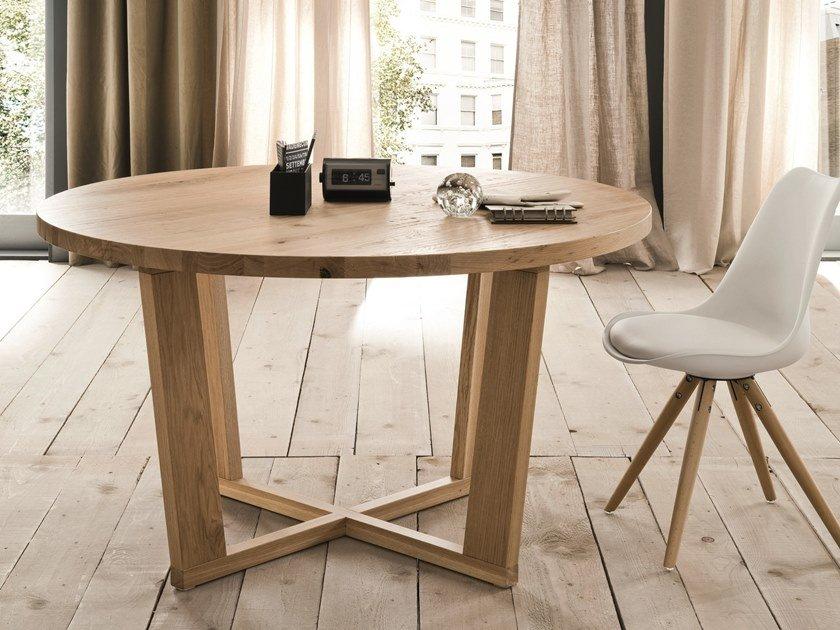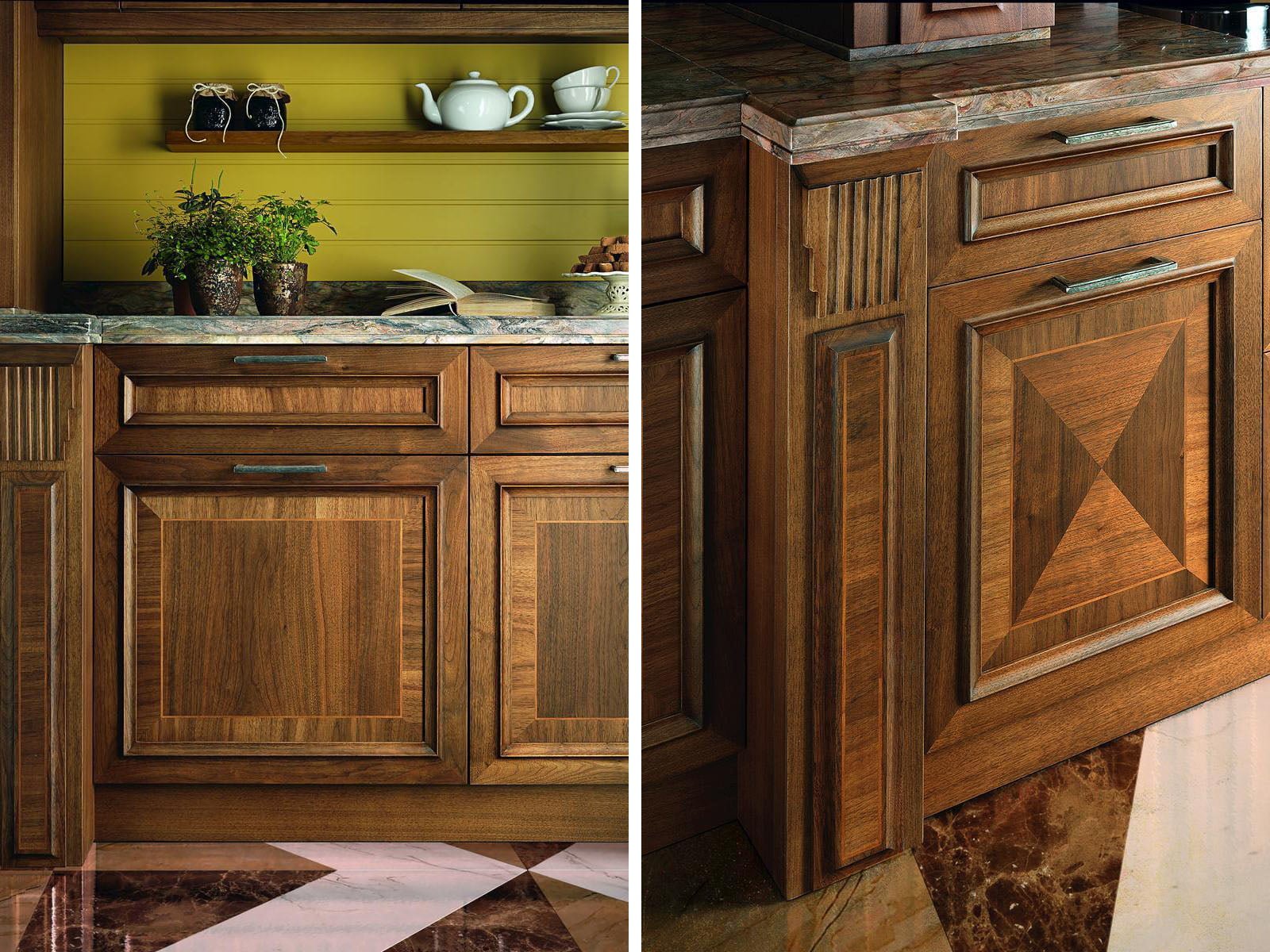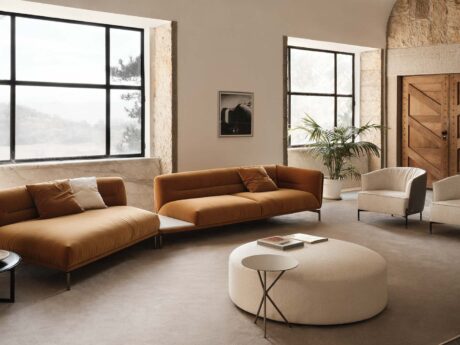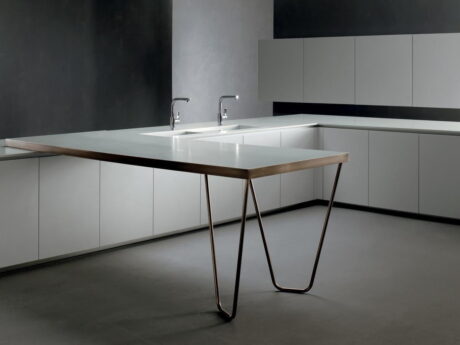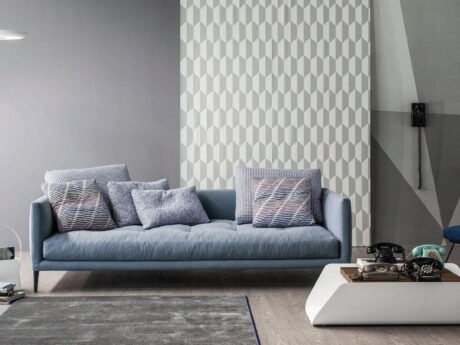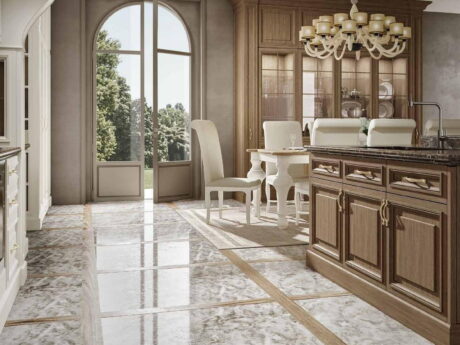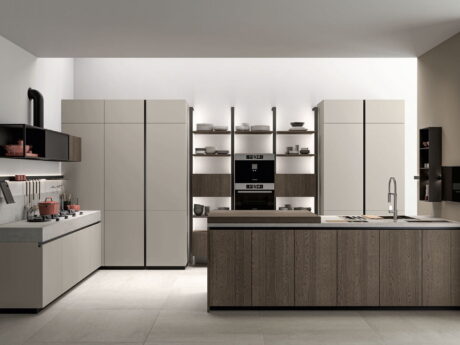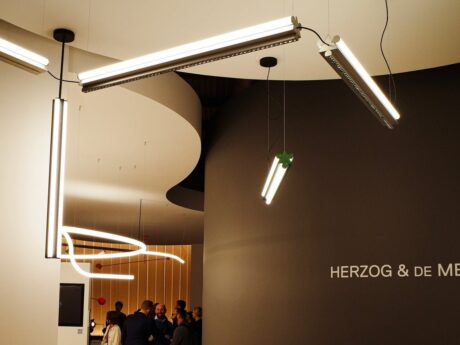How to incorporate sustainable principles into your home and make it only more opulent
Eco-Friendly Luxury Home Decor
Luxury and sustainability can now coexist seamlessly. Nowadays, home decor necessitates eco-friendly features. Sustainable luxury interior design has redefined the industry by combining the classic traits of high-end products with a commitment to social and environmental responsibility. Sustainable luxury involves utilizing environmentally friendly and recyclable materials, ensuring fair treatment of workers, and designing products that can be repaired or upcycled instead of being discarded. The demand for sustainable home decor is on the rise, with more homeowners and designers embracing environmentalism and eco-friendly living. This article explores ways to incorporate eco-friendly elements into your home to create a luxurious and sustainable living space.
Eco-Friendly Home: What is It?
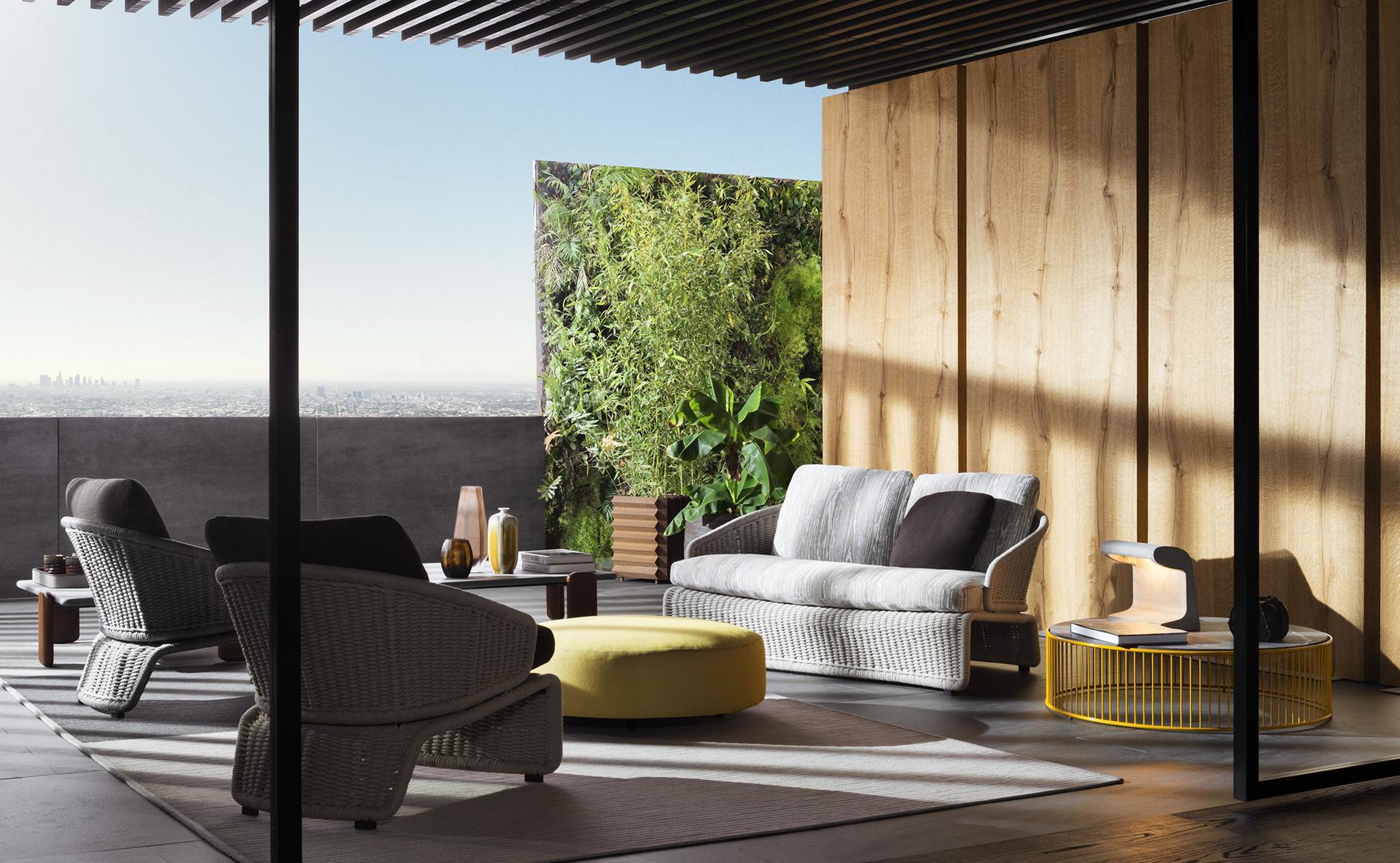
As environmentalism becomes an increasingly important topic, eco-friendly luxury homes are gaining popularity. People now recognize that luxury and environmentalism are not mutually exclusive, and sustainable luxury is a trend that is here to stay. Sustainable luxury involves using environmentally friendly and ethically sourced materials, implementing sustainable production methods, and promoting social responsibility.
Think about recycling, upcycling, or reusing items as one approach to create an eco-friendly house. This includes anything from fabrics to upholstery, and even timber. Make sure the resources you purchase are natural and from sustainable sources by giving them serious thought.
Designers and builders are using cutting-edge technology to create and renovate luxury homes that embrace green architecture and design. Sustainable features include locally sourced materials and renewable energy sources such as solar and geothermal. Eco-friendly homes also utilize technologies such as humidity-controlled indoor air, filtered drinking water, LED lighting, and HEPA air filters. Smart home internet systems and controls are also integrated to offset carbon footprints.
Green Up Your Space
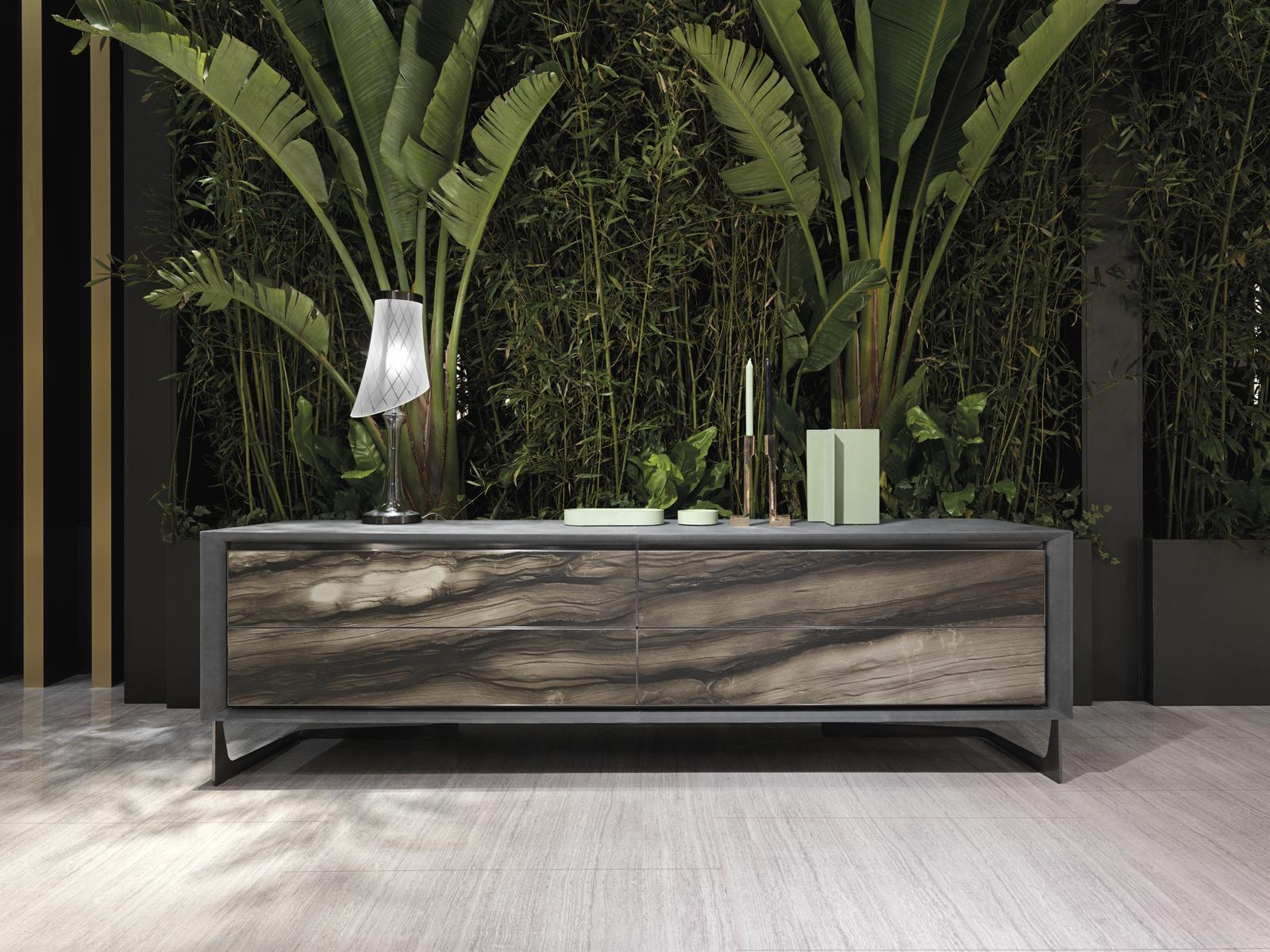
Incorporating plants into your home décor not only adds a touch of natural beauty but also supports environmentalism. Houseplants have air-filtering properties that can keep your home environment cleaner and more pleasant. Consider adding a collection of green herbs in the kitchen or a range of sizes of plants in the bedroom to boost the eco-friendliness of your home. If you want to take it to the next level, a green wall, also known as a vertical garden, is an excellent option. A wall full of plants not only enhances the aesthetic appeal of the room but also has incredible air-filtering properties that go beyond just a few potted plants. A green roof, which supposes planting flora on your roof, lowers flood danger, noise pollution, and heating and cooling costs, being another alternative to boost sustainability. Moreover, a garden is an excellent way to promote healthy soil and plant growth. Vegetable gardens and orchards not only surround your home with natural beauty but also contribute to a sustainable lifestyle. You may design an eco-friendly home that supports environmentalism and sustainable living by combining these components.
Look For Sustainable Materials
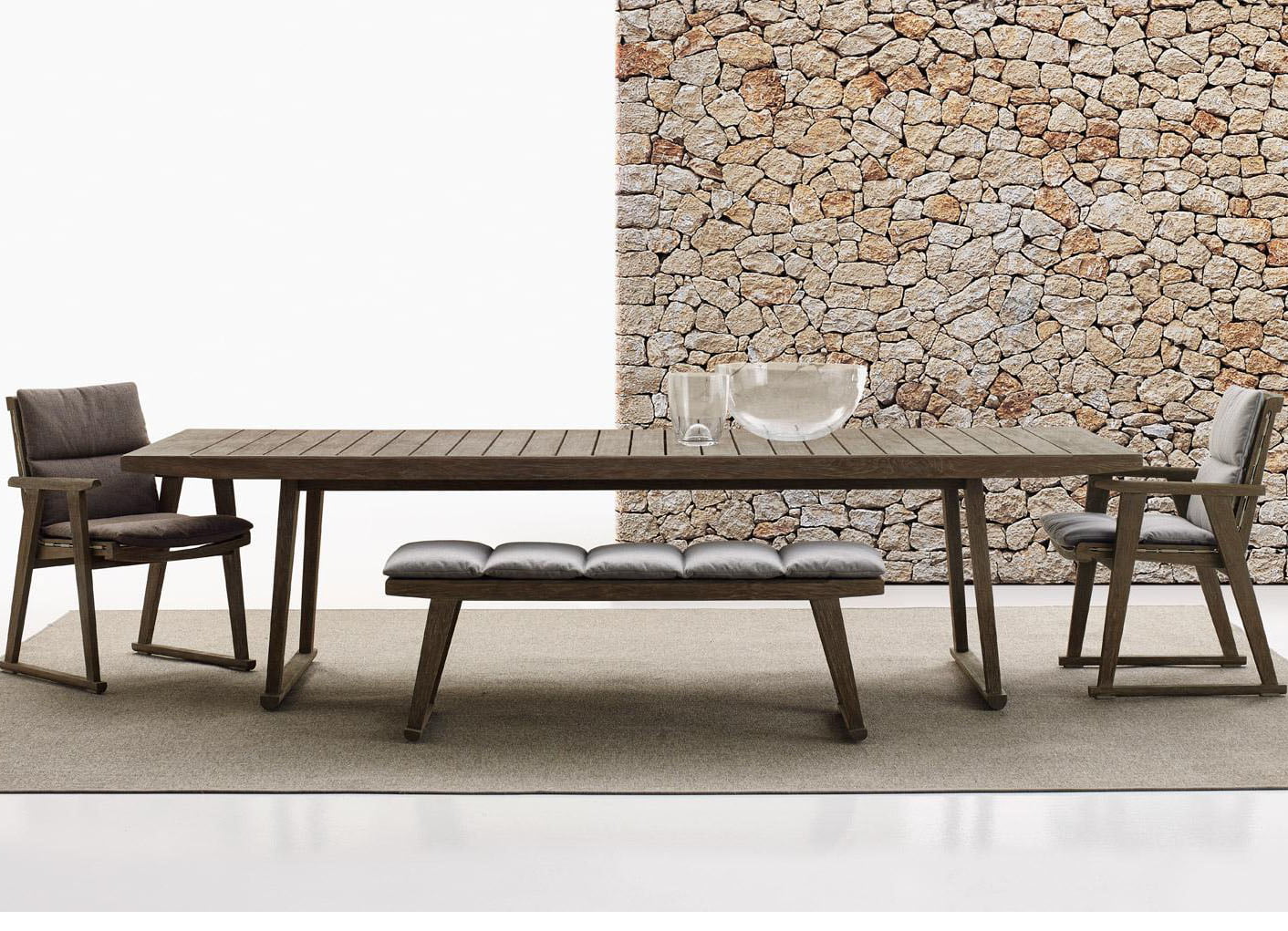
Creating an eco-friendly home doesn't have to mean sacrificing luxury and quality. In fact, it's possible to have both while still prioritizing the environment. One way to do this is by choosing sustainable, natural, and recyclable materials for furniture, flooring, and accessories. In the past, builders used locally sourced materials such as stone, wood, thatch, or clay, depending on the resources available in a particular region. Today, architects and contractors are returning to this practice to reduce the carbon footprint of construction.
By incorporating eco-friendly and sustainable materials made from up-cycled and repurposed materials, furniture brands can create beautiful and functional pieces that are harmless to the environment. Moreover, factories committed to sustainability are investing in R&D to develop new and innovative products, promoting warranties for consistent quality, and contributing to a better future for the planet. In terms of flooring, synthetic materials such as carpeting and vinyl can contain volatile organic compounds (VOCs) that are harmful enough to health. Natural and sustainable alternatives such as wood or stone flooring not only avoid the release of VOCs but also offer easier cleaning and maintenance. Although they may cost more initially, their longer lifespan makes them a worthwhile investment in the long run.
Think About Energy-Efficient Lighting

Energy-efficient lighting is an essential component of eco-friendly and sustainable home decor. Natural light is an excellent way to reduce energy consumption and cut down on heating and lighting costs. Incorporating LED lighting fixtures into luxury interior designs can help to create a beautiful and comfortable ambiance while also being environmentally conscious.
Incorporating solar rooftop panels is another sustainable and eco-friendly way to enhance a home's energy efficiency. This trend-setting addition not only provides long-term cost savings but also adds an attractive and artistic touch to the home's exterior. Smart-home systems, such as those offered by AMX and Crestron, can also contribute to an eco-friendly lifestyle by controlling light, heat, ventilation, sound, and irrigation at the touch of a button. These systems can even be programmed remotely to avoid wasting energy when the property is vacant. Lastly, geothermal heating and cooling systems are a great choice for minimizing a luxury home's environmental footprint. This technology harnesses the power of nature to provide optimal indoor conditions all year round with minimal maintenance. By integrating natural elements like these, homeowners can create an eco-home that is both luxurious and environmentally responsible.
Feel Luxury with Natural Textiles
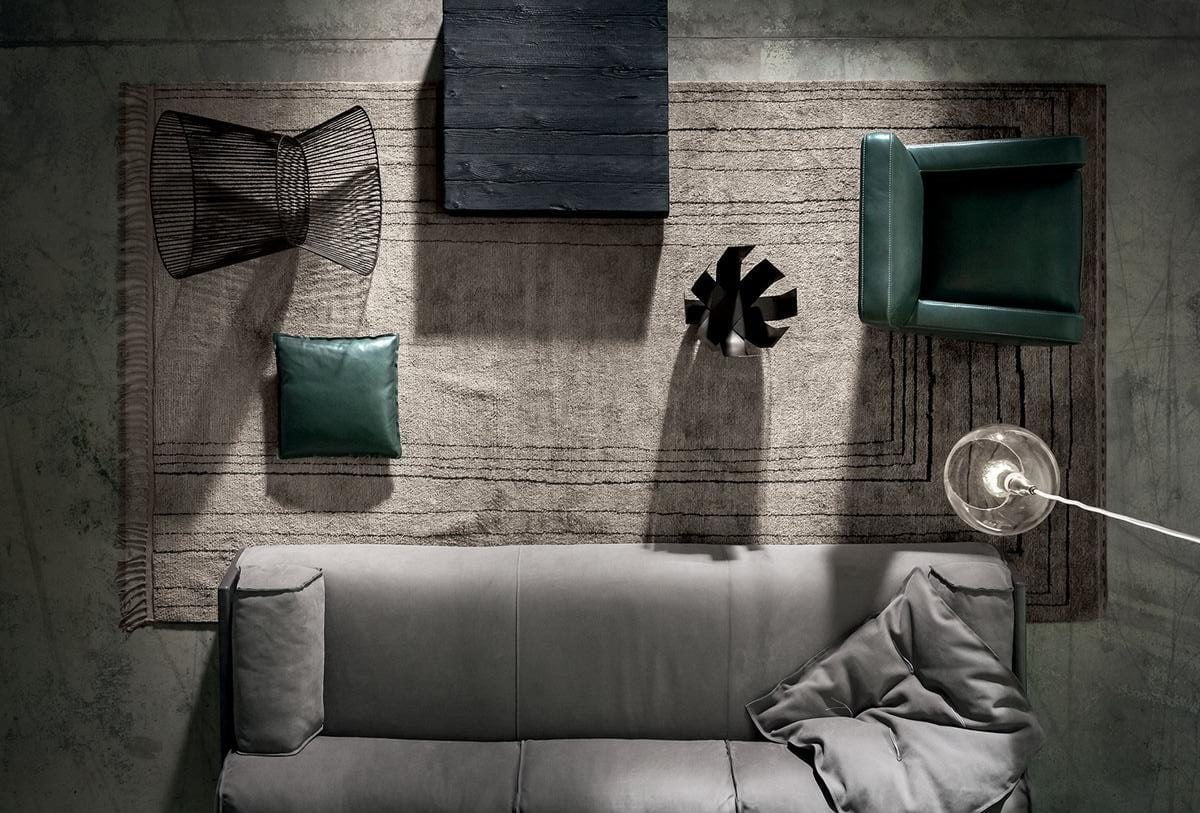
If you're searching for luxurious textiles that are also eco-friendly, it's essential to research the processes used by companies to ensure their sustainability credentials. Natural fabrics like wool, cotton, and silk are great options for furniture upholstery, carpets, bedspreads, and cushions. These materials not only provide a luxurious feel but are also sustainable and eco-friendly. Synthetic textiles, in contrast, are not environmentally friendly to produce and can be harmful to health. Synthetic stuffing, for instance, often includes petroleum-based substances and is likely to contain flame retardants with VOCs. Additionally, the raw material used in eco-friendly textiles is crucial. Flax, for example, is a hardy plant that requires minimal pesticides, fertilizers, and irrigation to grow, making it a more sustainable option than cotton. Furthermore, some companies have developed new ecological print waste treatment systems to further minimize the environmental impact of textile production. These systems are designed to break down print waste in natural environments using living ponds, creating new habitats for local wildlife.
Use Eco-Friendly Paints and Finishes
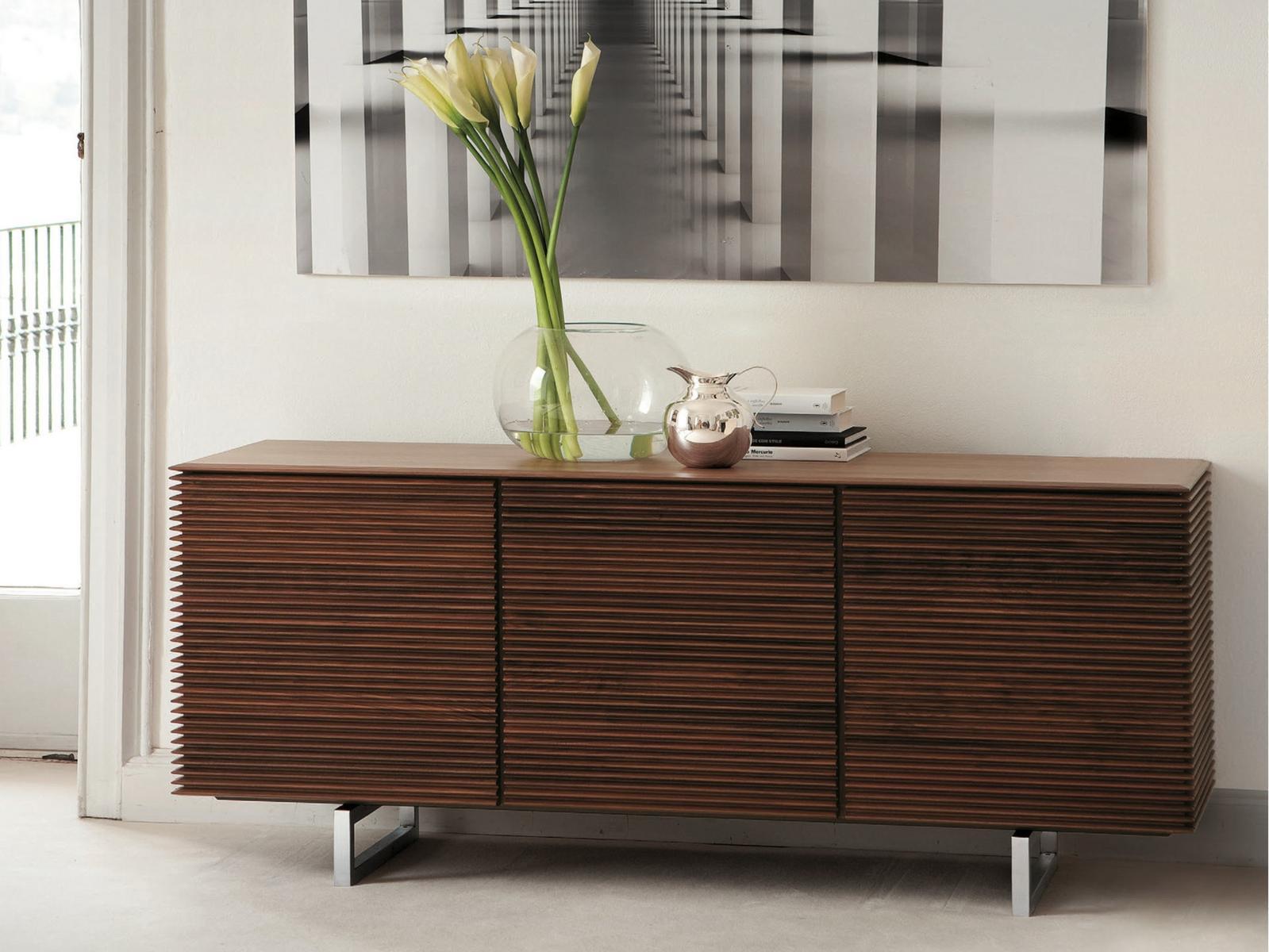
Look for paints that have a minimal environmental impact, contain biodegradable components, and either zero or only a small amount of VOCs. Don't compromise on color: eco-paint finishes come in a vast range of beautiful shades. To avoid plastic in furnishings, choose pieces made of natural wood that has been sustainably sourced. Solid wood is always the best choice for furnishings and wall panels, avoiding materials like particleboard and fiberboard that contain formaldehyde, which can be harmful to people and pets. Antiques, used pieces, and repurposed items made from wood are also ecologically responsible choices because no new wood is being harvested to make them. Consider luxury items that don’t include plastics or engineered materials for the most eco-friendly interior. Also, it's important to add, when choosing flooring, furniture, paints, or finishes for your home, look for products that contain low levels or no volatile organic compounds (VOCs) to reduce the risk of health problems such as headaches, nausea, liver damage, and even cancer.



